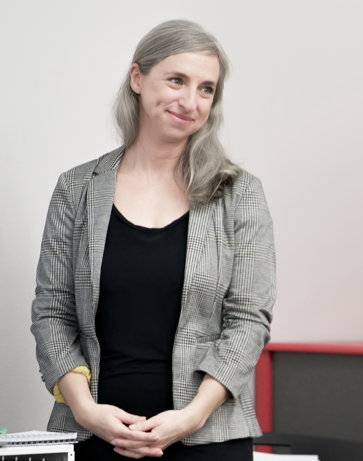I landed my last 2 jobs via LinkedIn without even trying.
Spoiler Alert: When I say I landed these jobs “without even trying” – I mean that I wasn’t directly job hunting when these opportunities landed in my LinkedIn inbox. This process still takes effort 🙂
Step One – Pack your patience
This is a long game, or at least it was for my last two moves:
- The first one happened because a recruiter found me and set up a call with the hiring manager, who I clicked with. That position was filled internally (heard that one before?), but a year later when another position opened, I was the first person she reached out to and I landed the job.
- The second time, over a year later, another direct message on LinkedIn turned into another positive job change. This position description was never even posted online, but I was in the right place at the right time on LinkedIn.
How do you show up in the right place at the right time on LinkedIn? See Step Two.
Step Two – Do all the things
Or at least, always be doing some of the things. Even if you’re not job hunting right now. What things?

Optimize your LinkedIn profile
At least once per quarter, do a refresh to add your latest accomplishments and new key words. Learn how to consider profile SEO and prepare your profile for a job hunt. The recruiter I mentioned above found me based on new key words I had just added to my profile.
Watch webinars
They are free and full of valuable info about new tools, strategies, lingo, and resources. They are also a great way to expand your network with the right people … “Hi Ms. Expert, I just watched your webinar on XYZ and I’d love to connect.” Here’s a list of free Webinars for Technical Communicators or Google [your industry] + webinar. Pro tip: If a live webinar is scheduled for a time you can’t attend, still register and you’ll likely get a link to the recording.
Network with your local professional community
I joined the leadership team of a professional chapter for my industry. If you don’t have time for that, attend events when you can. Meetup is a great place to find local events for your industry. Learn the names of people and companies to follow and then engage with them on LinkedIn.
Post, write articles, comment
Have something to say about what you do. Contribute to discussions your network is starting in their posts and articles, and they’ll be more likely to return that engagement. My most recent opportunity happened because the right person saw a relevant article I had just published on LinkedIn. You don’t need to be an Influencer to write an article that gets noticed.
Don’t be complacent if you’re in a good spot now. Your network and credibility is something to build over time, not switch on for a quick return after a missed promotion or unexpected layoff.
Recommended Reading: Jeff Goins wrote an excellent piece on Medium – “We assume great careers happen because one extraordinary person makes a big bet that pays off. That’s not how it actually works most of the time.“




